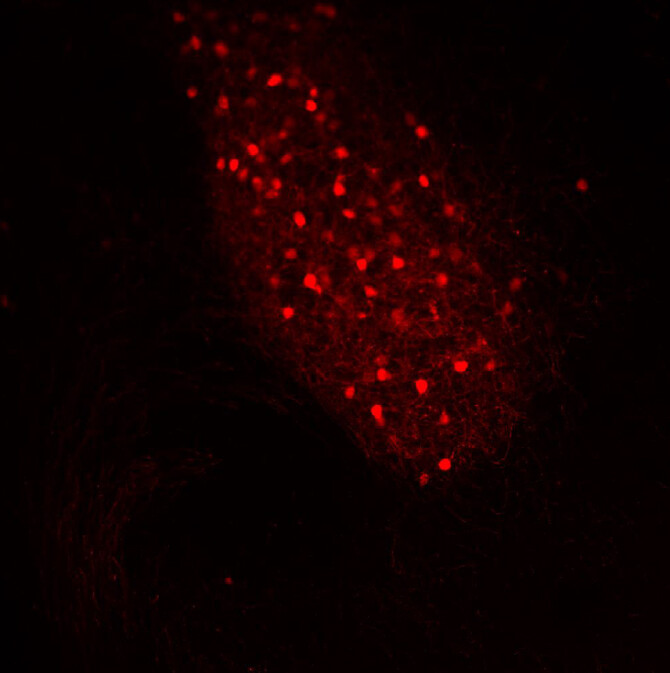Penn Medicine: New Mouse Model Points to Drug Target Potentially Useful for Increasing Social Interaction in Autism
A study of a new mouse model identifies a drug target that has the potential to increase social interaction in individuals with some forms of autism spectrum disorder (ASD), according to researchers in the Perelman School of Medicine at the University of Pennsylvania. The team published their work in Biological Psychiatry.
Although medications are available for treating symptoms sometimes associated with ASD, such as anxiety, depression, attention-deficit hyperactivity disorder, and irritability, there are no medications currently approved for treatment of the core social interaction deficits in ASD, and the brain basis of these social interaction symptoms are still not well understood. “This research could significantly change our understanding of the causes and brain changes in autism and could lead to new treatment approaches for the harder-to-treat social aspects of ASD,” said senior author Edward S. Brodkin, MD, an associate professor of Psychiatry and director of the Adult Autism Spectrum Program.
Behavioral symptoms in individuals with autism spectrum disorder have been attributed, in part, to aberrant connections between neurons, but the molecular underpinnings of ASD-related behavioral and brain physiology are largely unknown. Previous studies on human genetics have implicated a little-studied gene called Protocadherin 10(PCDH10) in ASD. PCDH10 is a neural cell adhesion molecule that is involved in brain development and the maintenance of synapses, the points of connections between neurons where neurotransmitters are released. The PCDH10 protein is expressed at high levels in particular brain regions, including the amygdala, which mediates emotion and motivation and is implicated in the social deficits of ASD.
When one of the two copies of the Pcdh10 genewas deleted in mice, these animals – called Pcdh10+/- mice – showed reduced social approach behavior, which resembled the social withdrawal of humans with ASD. This effect was seen more prominently in males than in females, which is consistent with the male predominance of ASD in humans. In addition, the male Pcdh10+/- mice had anomalies in the structure and function of amygdala circuitry, as well as lower levels of certain types of glutamate receptor subunits (called NMDA receptor subunits) in the amygdala.








